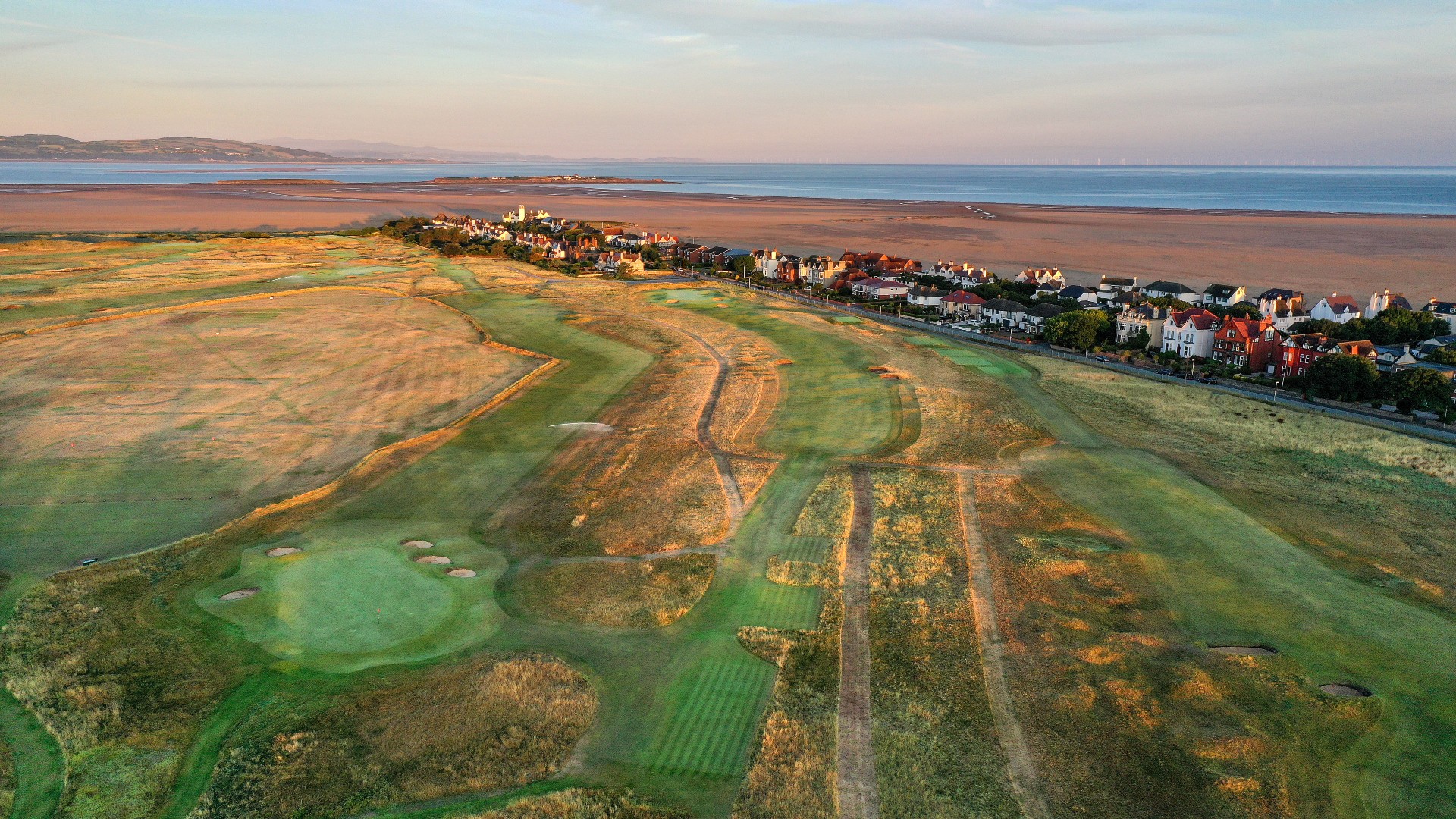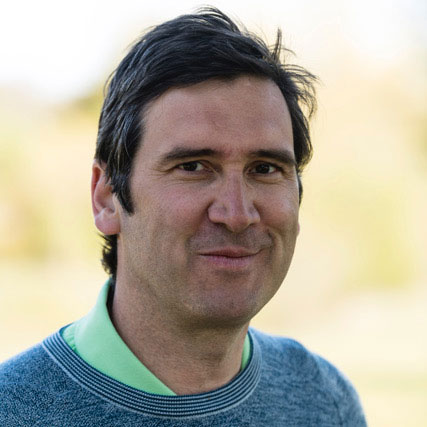Why Does Royal Liverpool Change The Order Of Its Holes For The Open?
Royal Liverpool has a different routing during The Open to the other weeks of the golfing year. We explain why...

Royal Liverpool is unique in that it's the only Open course that uses a different configuration of holes to the one used by the members.
If you've played Hoylake then you will begin your round with a par 4 in front of the clubhouse which has internal out of bounds to the right – this plays as the 3rd hole in The Open which is a relative welcome bit of relief with the club's practice ground lurking down the right.
For The Open your round will begin at the members' 17th and finish with a par 5 which usually plays as the club's 16th hole. There is an element of confusion to this but you simply add two to the members' routing to get your Open course.
The changes in the hole order that sees the 17th and 18th played as the 1st and 2nd in The Open were first mooted back in 1964 but they were overlooked for the 1967 when Roberto de Vicenzo lifted the Claret Jug.
In 2006, after a gap of 39 years, the R&A decided to go ahead with the new routing.
"Getting a strong finishing hole with enough space for grandstands was our priority, the 18th and the 72nd hole. The 1st hole is a very strong hole. And I think on balance we've done exactly the right thing. I found the paperwork after we made the decision, that it was considered in 1967, but they decided not to do it then; I'm not sure why. So it's not a new idea," explained the former chief executive, Peter Dawson in 2006.
"I know the members are going to review the situation for the future as to the order they play the holes themselves after the Championship. But, no, we are very happy with the order of the holes this way."
Subscribe to the Golf Monthly newsletter to stay up to date with all the latest tour news, equipment news, reviews, head-to-heads and buyer’s guides from our team of experienced experts.
The move also means that we will finish with a par 5 where the same out of bounds exists for a pushed tee shot or approach. Now, with the wind playing ball, there is the opportunity for a late rally with a closing eagle as opposed to a straightaway par 4.
Before that we also have the new 17th, an uphill, pint-sized par 3 which is surrounded by sand with the Dee Estuary beyond it.
John Heggarty has been the head professional at Hoylake since 1982 and this is how he describes the Open's finishing hole which has been tweaked to get the very most out of it.
“The 18th has a brand new tee, we’ve changed the orientation of the out of bounds, so it has come in 20 yards from the right-hand side, which actually sets up better I think from the tee shot, as the tee shot is now parallel to the out of bounds so that gives you a better perspective, but the fact it has come in 20 yards does mean that the fairway’s narrower.
"Bunkers off the tee are a no-no on the that hole because you literally just have to get it out and then you’re left with a very long third shot. Players again in previous Opens have been able to hit long irons down there and just chase the ball. If we get fast running fairways they’ll do the same, but the reality is they’ll probably be a little further back than they were in 2014, which then brings more of the out of bounds in for the second shot."

Mark has worked in golf for over 20 years having started off his journalistic life at the Press Association and BBC Sport before moving to Sky Sports where he became their golf editor on skysports.com. He then worked at National Club Golfer and Lady Golfer where he was the deputy editor and he has interviewed many of the leading names in the game, both male and female, ghosted columns for the likes of Robert Rock, Charley Hull and Dame Laura Davies, as well as playing the vast majority of our Top 100 GB&I courses. He loves links golf with a particular love of Royal Dornoch and Kingsbarns. He is now a freelance, also working for the PGA and Robert Rock. Loves tour golf, both men and women and he remains the long-standing owner of an horrific short game. He plays at Moortown with a handicap of 6.